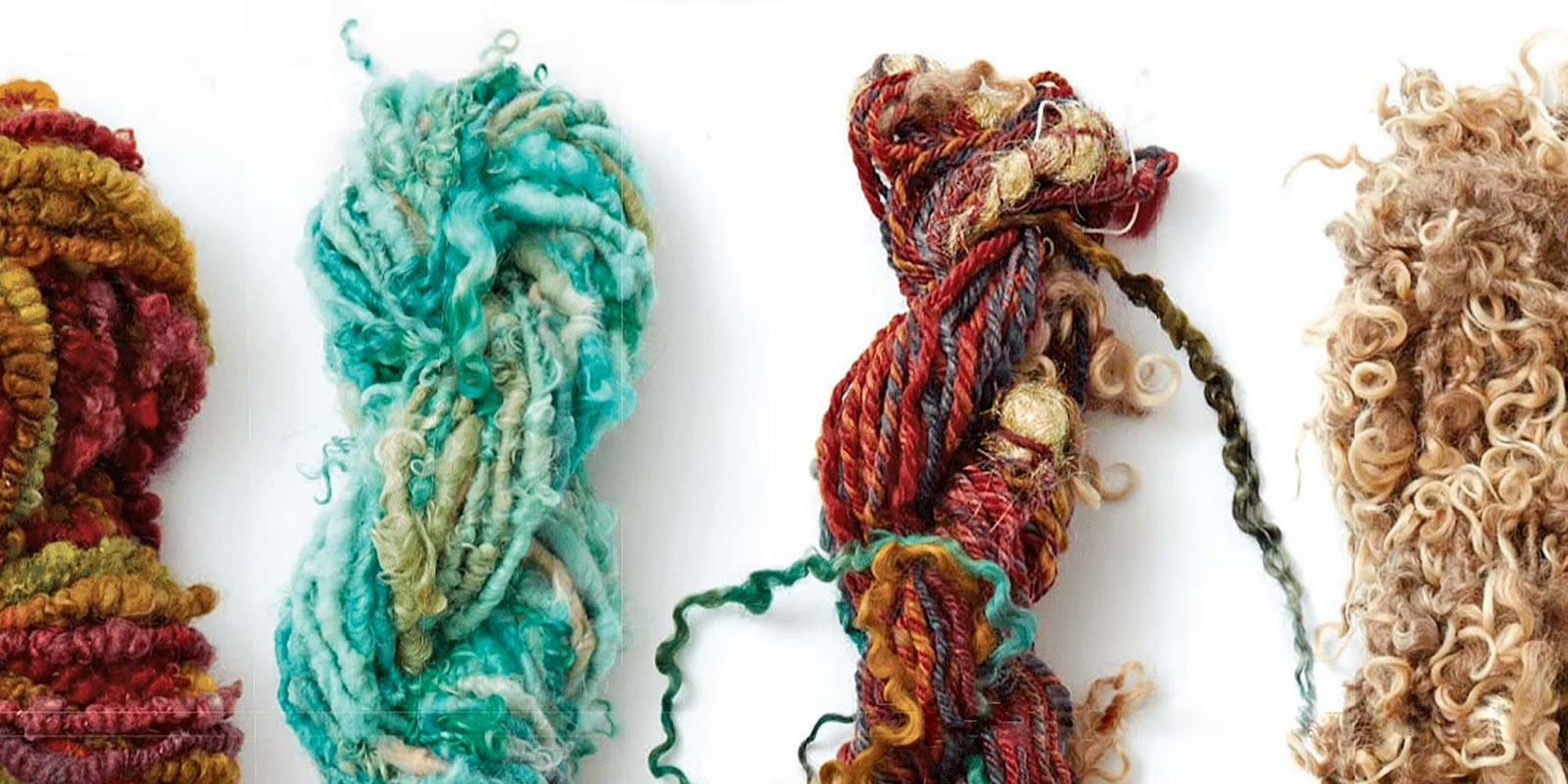If you are interested in textile and fabric crafts, you will probably have encountered the terms ‘wool’ and ‘yarn’; however, you may know exactly what they are and how they differ.
What is yarn?
Yarn is a term used to refer to a continuous length of fibre that can be used to create fabrics and in various crafts, such as weaving, sewing, crocheting, and knitting. Threads used in embroidery and sewing are an example of yarn.
Yarn can be created from synthetic or natural fibres, with synthetic polyester and natural cotton amongst the most common options. Other fibres that are used to produce yarn include silk, cashmere, angora, and wool.
During the production of spun yarn, fibres are twisted together to form a single thread. Spun yarns can be created from a single type of fibre or different fibres in a blend. Natural and synthetic fibres are often blended to create yarn that is strong, has a lustre, and feels nice on the skin.

What is wool?
Wool is a term that refers to animal fibre. It is often made from sheep’s wool but may also come from goats or rabbits. Wool is a popular fibre used in the production of spun yarn and is often used in knitting. This Discovery article explains more about how it is made. Wool yarn has a number of excellent properties, including being easy to clean and offering a warm feel.

How to choose the right yarn
Yarn is available in a number of different weights; for example, lace yarn is thin and light, which makes it an excellent choice when knitting delicate scarves or shawls. Conversely, chunky yarn from stockists such as https://www.woolcouturecompany.com/collections/the-chunky-yarn is much thicker and better suited to fast crafting projects without fine details.
At the beginning of each project, it is important to select the most appropriate yarn. If you want to create something very detailed, a finer yarn will help you to achieve the look; if you are creating a warm scarf or jumper, a chunkier yarn will be a better choice.



